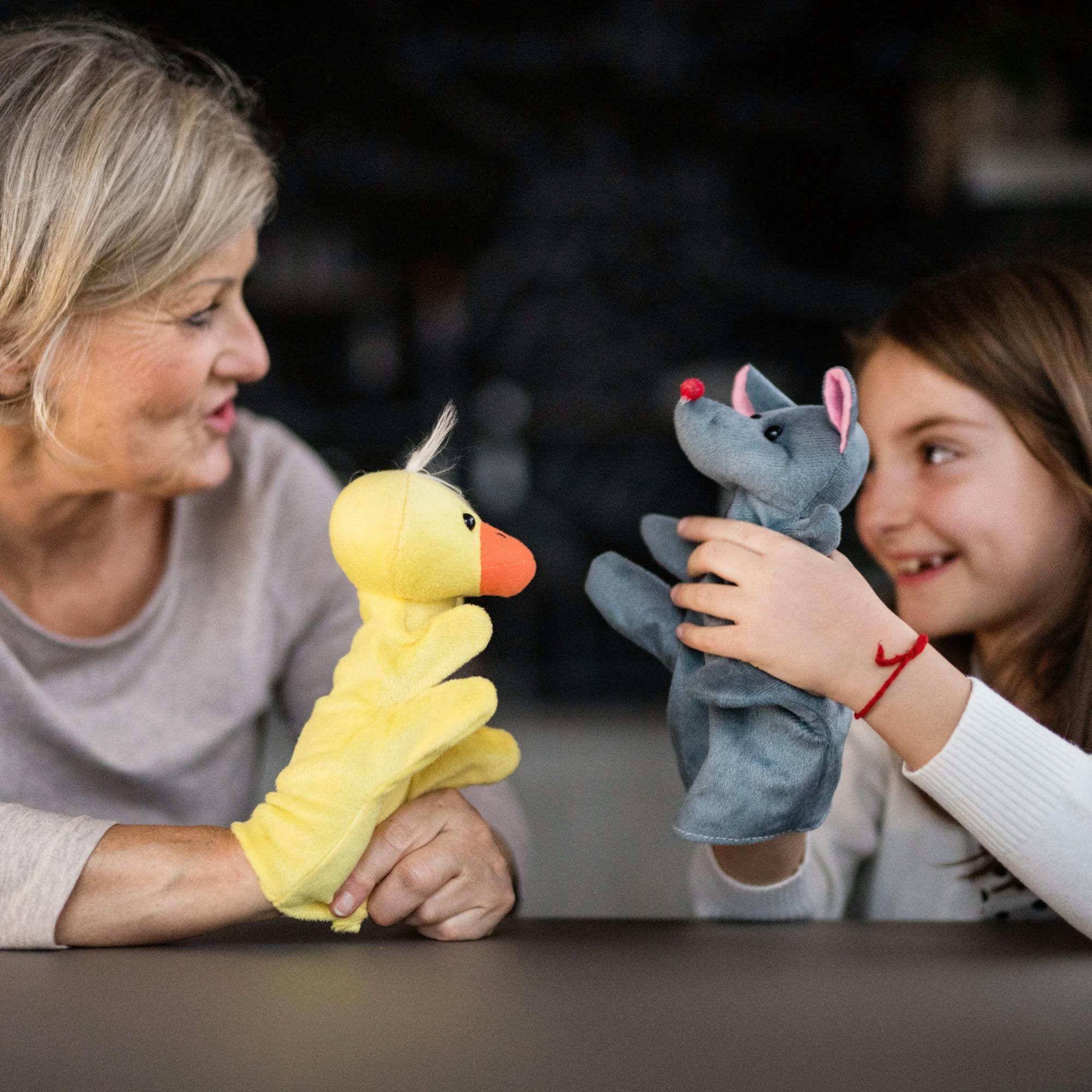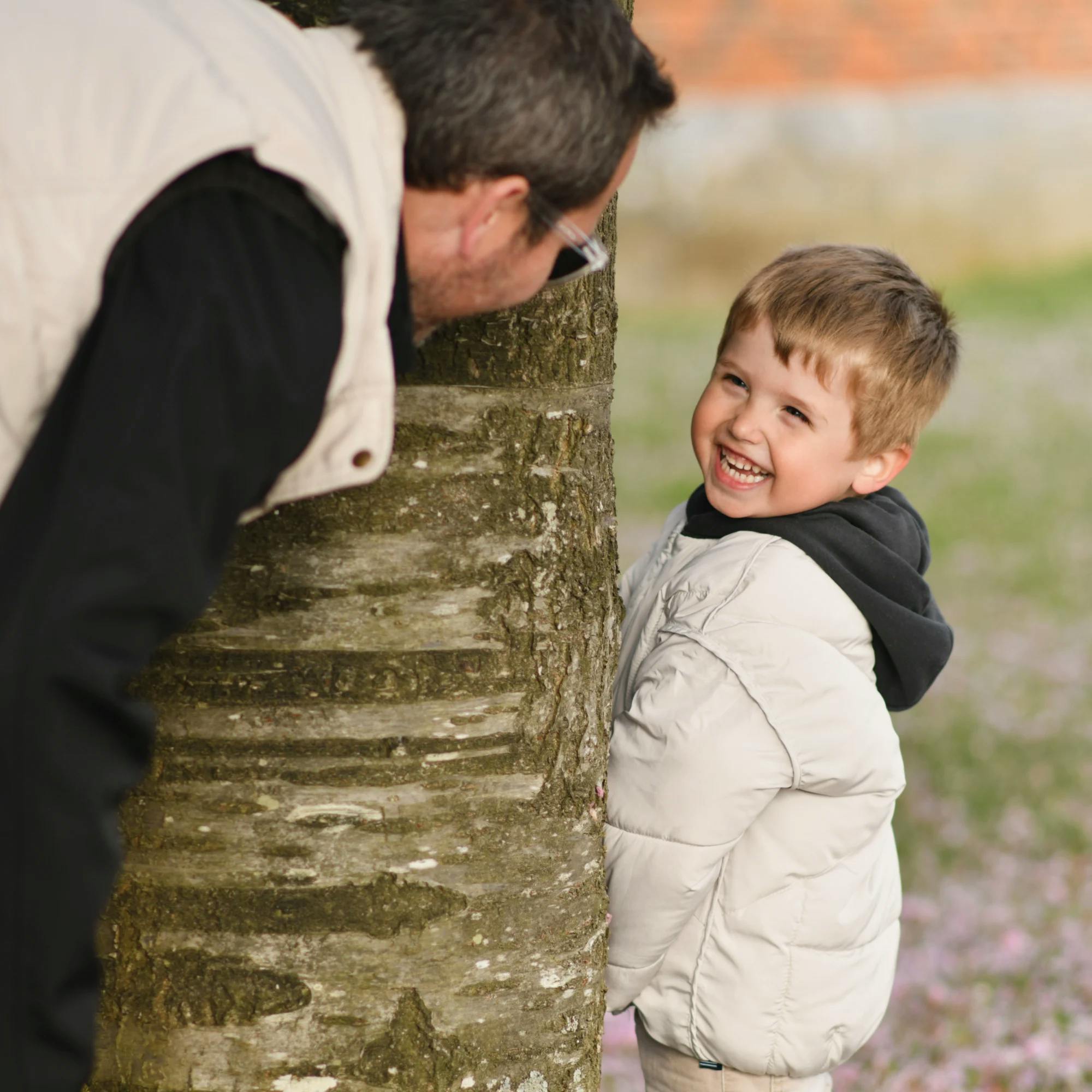If playing in the bath is a favorite for your child, that makes it the perfect opportunity to work on their speech and language skills. It’s a distraction-free time when your child is engaged and enjoying what they’re doing.
When it comes to learning to talk and communicate, children learn the most from their family–the people they love best and see every day. And there’s plenty you can do to help them develop their communication skills. You don’t need to set aside special time or buy any fancy materials. The fact is, you can practice speech and language with your child during the daily routines you’re already doing: getting ready for daycare or school, running errands, eating a meal, taking a walk–the list goes on!
In this article, we’re sharing 9 easy ways to grow your child’s communication skills while they splash in the bath.
Why practice speech and language at bath time?
Bath time is a regular routine. So if you're working on speech during this activity, you’re sure to get in plenty of practice.
Plus, with toys, soap, bubbles, and other sensory experiences, a bath can be a playful and engaging learning environment. And the best part? You have your child’s undivided attention. In the tub, your child can’t run away or get distracted by something else, allowing you to focus on specific skills.


9 ways to work on your child’s speech in the bath
Whether your child is just learning to talk, or they’re working on fluency or speech sound articulation, here are some ways you can practice during this daily routine:
1 Teach basic language concepts
Use the faucet to teach "on" and "off." Discuss "wet" and "dry" and "in" and "out" while bathing.
2 Build vocabulary and language skills
Encourage your child to name different bath toys or describe their actions using words. For example, “What kind of animal is this?” “Look, the rubber duck is floating!”

3 Describe and compare
Talk about the sensations of the water (for example: warm, cold, wet) and compare them to other experiences they’ve had (like swimming in a pool). This builds descriptive language skills.
4 Practice speech sounds
If your child is working on specific speech sounds, look for words that include those sounds. Say they’re learning the /r/ sound. Maybe you practice “Let’s race!” while racing boats or toy animals. If they’re working on /s/ or /s/ blends, talk about the soap being slippery. If /sh/ is the target, practice shampoo, washcloth, and body wash. The possibilities are endless!


5 Work on social communication skills
Use this time to chat with your child about their day or their favorite things. You can also practice "my turn/your turn" if you’re playing a game together.
6 Follow directions
Use simple instructions to practice listening and comprehension, like "Put the toy boat in the water" or "Pour water on your head."
7 Narrate actions
Narrate your actions and your child's by modeling language like, "I'm pouring water on your head," or "You're washing your toes.” This exposure to language is especially helpful for toddlers and early talkers.


8 Fluency practice
If your child is learning to manage a stutter, model and practice smooth speech. Use clear, slow speech patterns when you talk to encourage their fluency.
9 Sing songs
Singing nursery rhymes or simple songs with your toddler while they bathe encourages their speech development. Plus, it makes bath time even more fun!
We've shared 9 ideas here, but there are so many more ways to work on speech and language with your child. For more evidence-based language strategies that parents can try at home, check out this article.


Keep it fun and playful
Bath time should be enjoyable for your child. Use their bath toys to keep the experience playful and engaging. Let them choose the activity when possible, and give them lots of praise and encouragement for their efforts!
Know when to take a pause
If your child shows signs of frustration or fatigue, take a break from practicing speech and language skills. It's important to keep daily routines like bath time positive. You can always try again another time.
We want parents to know that it doesn’t need to be complicated or time-consuming to practice speech at home! It just takes some creativity. Over time it will feel more natural to add speech practice to your child's everyday routines. When you do, you’ll be helping them develop crucial communication skills in a way that’s both fun and functional. Enjoy this special bonding time with your child while you support their language development!
How Expressable Can Help
Concerned your child isn't reaching age-expected milestones? Looking for communication support from a professional? Expressable is a national online speech therapy practice serving children and adults. We treat all major areas of communication and feeding, offer flexible hours including evenings and weekends, and accept most major health insurance plans. We’re proud to have earned more than 3,000 5-star reviews from our clients (4.9/5 average).
Our therapy model is centered on parent and caregiver involvement. Research proves that empowering caregivers to participate in their loved one’s therapy leads to better outcomes. That’s why we combine live, 1-on-1 speech therapy with personalized education and home practice activities for faster progress.
Communication is more than words. It’s how we share how we feel and show who we are. We’re here to help you or your child do just that.

 Alexis Irazoque, M.S., CCC-SLP
Alexis Irazoque, M.S., CCC-SLP







